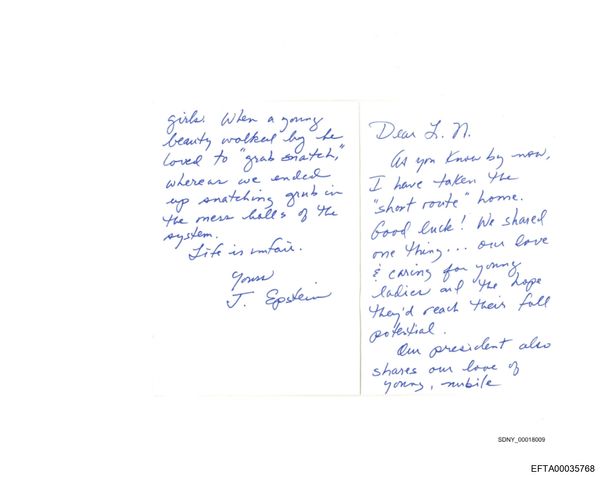
Kookaburras don’t usually laugh in the daytime. Their calls ring out at dawn and dusk, a raucous chorus that can provoke homesickness in any Australian unfortunate enough to be stuck in country with less interesting birds.
But at midday on a clear day in January, a kookaburra’s laugh gives you pause. Enough to notice the brown snake moving quietly through the grass a few feet away, intent on business that does not concern you but might if you carried on unawares and accidentally trod on it.
I won’t claim the kookaburras intentionally warned me about the snake. It is more likely the warning was about me, the blundering human approaching their tree. But their warning worked.
A few weeks later, it happened again. A chorus of laughter as I tramped through the dry grass. I looked about and spotted the snake sunning itself on a rock. We humans are a superstitious lot, and two times is enough to make a pattern.
I make up stories about all the birds at home. The wedge-tailed eagle that flew above this place on the day of the auction wished us good fortune. The superb fairywren, with his self-important demeanour and gaggle of drably serious wives, is the mayor of our overcrowded garden, policing access to the hebe bush setting the moral order. That last part is definitely not true – superb fairywrens have been described by ornithologists as the “least faithful bird,” forming partnerships that are socially monogamous but a bit of a free-for-all come mating time. Sometimes the science is wilder than the stories we tell.
There is a lot of folklore about kookaburras in particular. They say if they laugh in the middle of the day it means it’s going to rain. There’s no scientific evidence behind this, but everyone who lives near them will have an applicable anecdote. The kookaburras that live in the big gum over our shed always laugh before it rains, particularly in summer. It’s a sign to bring the washing in.
Glossy black cockatoos also mean rain. When they fly from the east to the coast it means the rain will follow, and the number of cockatoos in the flock equals the days of rain. We had a few glossy black cockatoos at our place over summer, flying west over the ranges. I’m not sure what that means from a meteorological standpoint. In practical terms, it meant I heard the rusty gate squawk and came running over, trying to get a photo before they flew off.
In the rich and complex lore of Aboriginal and Torres Strait Islander peoples around native birds, there are many that bring rain.
The bilaar waygal or red-tailed black cockatoo has the power to bring rain, according to the Gomeroi people.
The Carnaby’s black cockatoo in Noongar country from Perth down to the Western Australian south coast, is called the rain bird because they used to arrive in big flocks over Perth for breeding season just as the autumn rains began. The rains have now shifted Carnaby’s cockatoos are endangered, but they still make a racket in certain parts of Perth around Easter time. When I lived in Perth’s inner north, they would sit up in the gums that lined the walking track near my house and rain gumnuts on the joggers underneath.
In emu country, they say the birds can predict drought: emus lay two to four weeks before rain, and a small clutch means a dry season. They will have laid small clutches this year, if that proves true.
There are many First Nations stories about willie wagtails. They are gossipers and messengers – a liar and stealer of secrets in the Kimberley; a bringer of bad news to many in Victoria; and a death bird on Noongar Boodja in southwest Western Australia. As Noognar Elder Fay Slater says, when the willy wagtail shows itself and does a dance that ends with it falling over, that means the person watching, or someone close to them, will pass away soon.
Another story about willie wagtails has been proven true. Research by the University of Melbourne published in 2020 confirmed that the typically diurnal birds will sing at the full moon. The researchers recorded the nocturnal singing of the willie wagtails over eight full lunar cycles at four locations across Victoria, and found the birds increased the amount of time they sang at night in line with the brightness of the moon. On a full moon night when the world is only Hollywood-dark, like someone slipped a blue filter on at noon, they sing loudest of all.
So sometimes longstanding bird myths are proved true. In the meantime, in my personal canon of bird facts, kookaburras will warn you about snakes. There was no evidence required to talk me into this belief, so no amount of evidence will talk me out of it.







